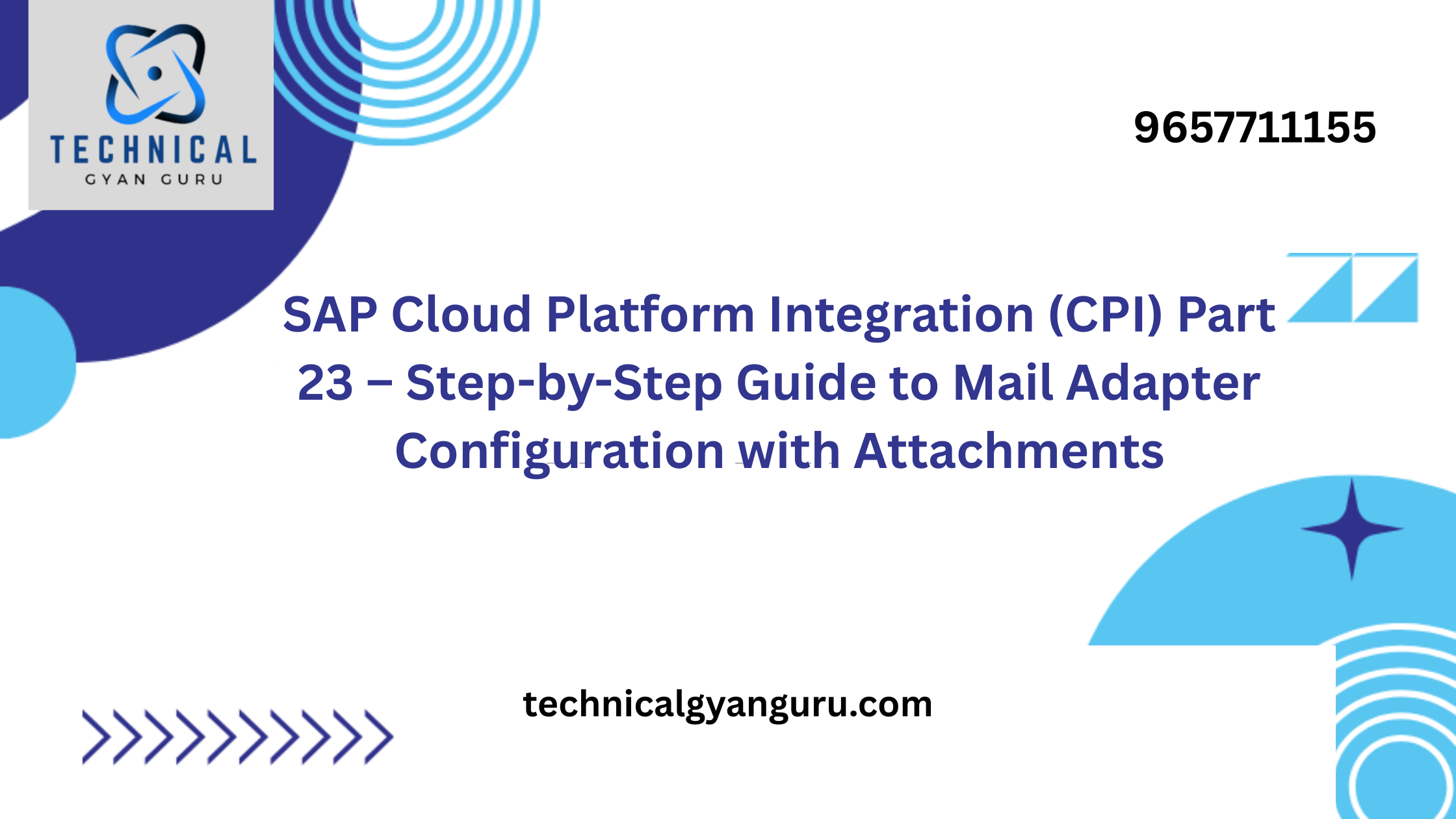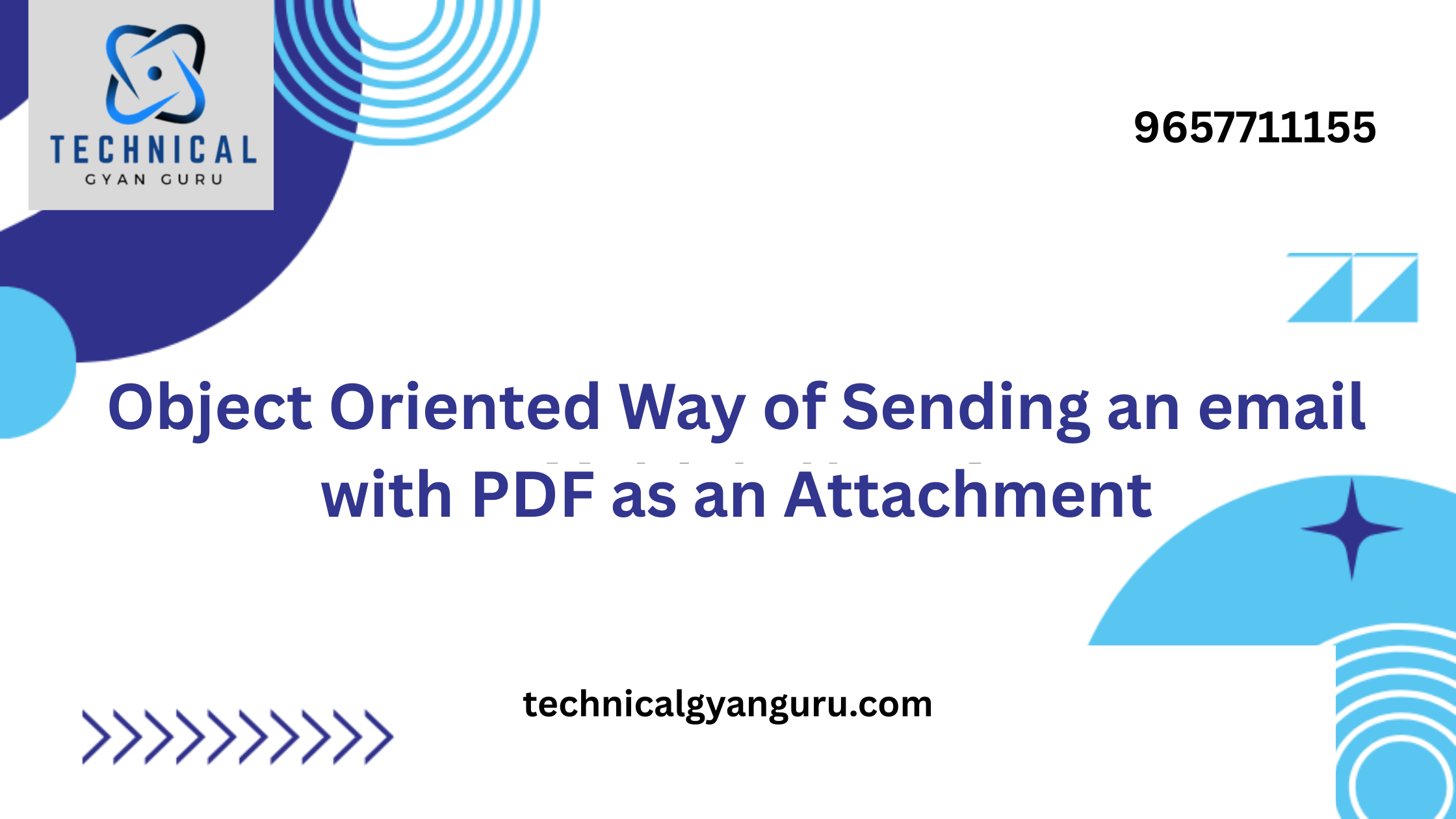Introduction: GST in SAP Hana
GST in SAP Hana: In the dynamic landscape of global business, efficient management of taxes is crucial for organizations aiming to maintain compliance and streamline financial operations. The Goods and Services Tax (GST) is a significant aspect of taxation in many countries, aiming to simplify the taxation system and eliminate cascading taxes. When it comes to managing GST seamlessly, SAP HANA emerges as a powerful tool for businesses seeking efficiency, accuracy, and compliance in their financial processes.
Understanding GST in SAP HANA:
Goods and Services Tax (GST) is a value-added tax levied on the supply of goods and services. SAP HANA, an in-memory database and application platform, provides organizations with a comprehensive solution for managing GST processes seamlessly. Let’s delve into how SAP HANA aids in simplifying GST compliance:
- Real-Time Data Processing: SAP HANA’s in-memory computing allows for real-time processing of vast volumes of data. This capability ensures that organizations can perform instantaneous calculations and generate accurate GST reports, reducing the risk of errors and enhancing overall compliance.
- Unified Financial Management: SAP HANA integrates with various modules of SAP ERP, creating a unified platform for financial management. This integration ensures that GST-relevant data is seamlessly shared across departments, eliminating silos and promoting a cohesive approach to taxation.
- Automated Compliance Checks: SAP HANA automates compliance checks by leveraging intelligent algorithms and analytics. This automation helps organizations stay up-to-date with ever-evolving GST regulations, reducing the burden of manual compliance checks and mitigating the risk of non-compliance.
- GST Returns Filing: With SAP HANA, the process of filing GST returns becomes more efficient. The platform streamlines the compilation of data required for filing returns, reducing the time and effort involved in the preparation of GST documentation.
- Advanced Analytics for Decision-Making: SAP HANA’s advanced analytics capabilities empower organizations to gain insights into their GST-related data. Business leaders can make informed decisions based on real-time analytics, enabling them to optimize financial strategies and ensure compliance with GST regulations.
- Vendor and Customer Collaboration: SAP HANA facilitates seamless collaboration between vendors and customers in the context of GST. The platform allows for the sharing of necessary documentation and data, fostering transparency and accountability in the supply chain.
- Scalability for Growing Businesses: As businesses expand, the volume of GST-related data also increases. SAP HANA’s scalability ensures that organizations can handle growing data volumes without compromising on performance, providing a robust solution for businesses of all sizes.
Conclusion:
In conclusion, SAP HANA serves as a game-changer for organizations seeking to streamline their Goods and Services Tax processes. By combining real-time data processing, unified financial management, and advanced analytics, SAP HANA empowers businesses to navigate the complexities of GST compliance with ease. As tax regulations continue to evolve, having a dynamic and scalable solution like SAP HANA becomes instrumental in ensuring financial agility and compliance for organizations embracing the future of business.







